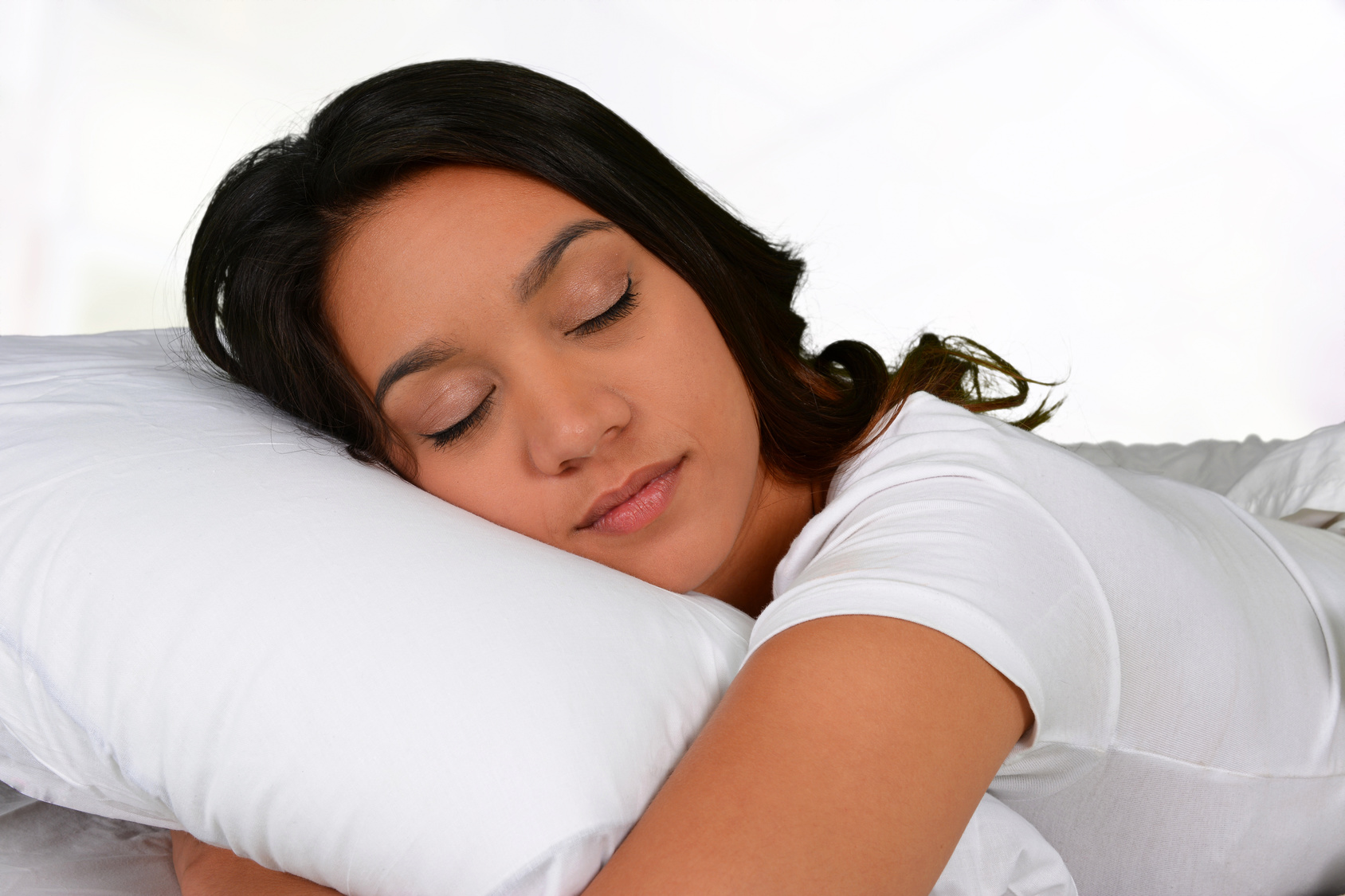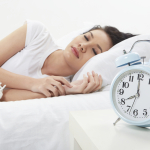In the July 2010 issue of Current Psychiatry, you will find a thorough review on the evaluation and treatment of insomnia in women across the life cycle. The bottom line is that many women experience insomnia during times of hormonal transition. The authors provide some useful guidelines for evaluating women who present with sleep problems (taken from Table 2):
- Take a detailed history from your patient and her bed partner
- Obtain details of sleep onset, duration, quality of sleep, frequency and number of awakenings, daytime alertness, snoring, apnea, and limb movements
- Ask about your patient’s hormonal status
- Screen for mood and anxiety symptoms
- Assess prescription and nonprescription medication use, general medical conditions, substance use, and psychiatric disorders
- Use sleep dairies and the Pittsburgh Sleep Quality Index as objective sleep measure
Premenstrual Sleep Difficulties
- Many women present with sleep difficulties during the luteal phase (the last 1-2 weeks) of the menstrual cycle
- Sleep hygiene and cognitive-behavioral therapy may be useful
- Sedative-hypnotic agents may be considered
- Screen for symptoms of PMDD; treatment with an SSRI may be helpful
Sleep Disturbance during Pregnancy and the Postpartum Period
- 15% to 80% of women in the first trimester and 66% to 97% of women in the third trimester experience sleep problems
- Sleep-disordered breathing, such as obstructive sleep apnea, are more common during pregnancy; if suspected, refer for polysomnography
- Restless legs syndrome (RLS) are more common during pregnancy; if suspected, check ferritin and folate levels
- Screen for mood and anxiety disorders
- Sleep hygiene and cognitive-behavioral therapy may be useful
- Pharmacologic interventions may be required (see this post for a discussion of treatment options during pregnancy)
Menopause-Related Sleep Problems
- 44% to 61% of postmenopausal women experience changes in their sleep patterns
- Vasomotor symptoms increase the risk of sleep problems
- Sleep-disordered breathing and RLS are more common and may contribute to sleep difficulties
- Screen for mood and anxiety disorders
- Sleep hygiene and cognitive-behavioral therapy may be useful
- Hormone replacement therapy may alleviate vasomotor symptoms and improve sleep
- Other options include sedative-hypnotics (e.g., zolpidem 10 mg; eszopiclone 3 mg) or sedating antidepressants (e.g., trazodone)
Ruta Nonacs, MD PhD
Selvaraj V, et al. Treating insomnia across women’s life stages. Current Psychiatry 2010; 9: 27-33. (Free online subscription is available.)







Leave A Comment